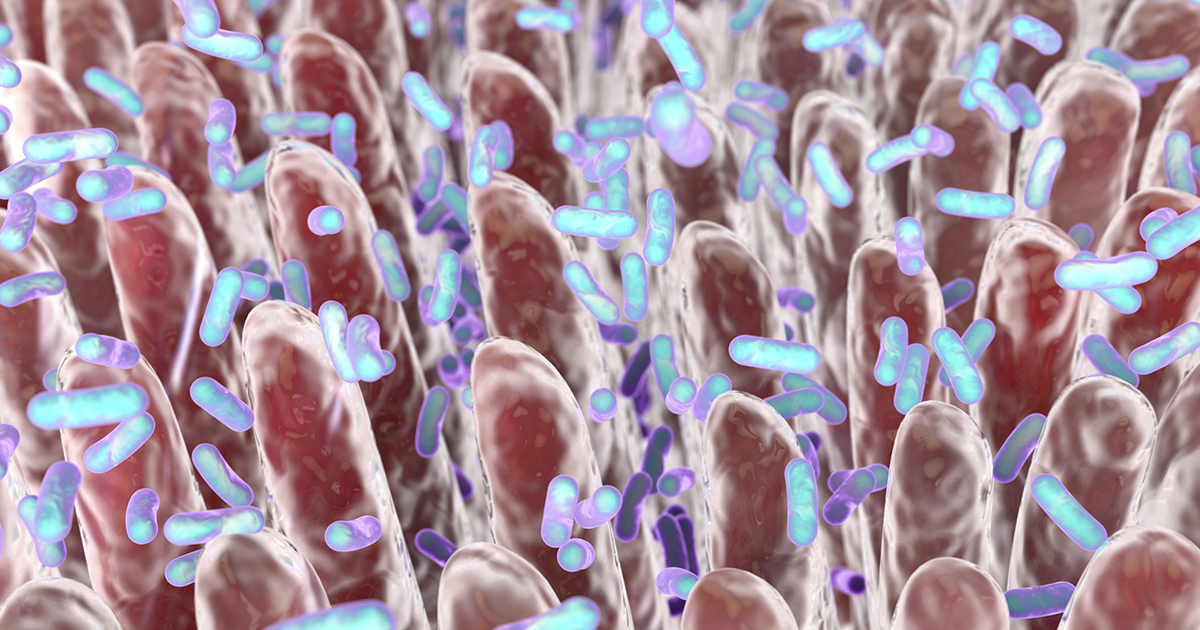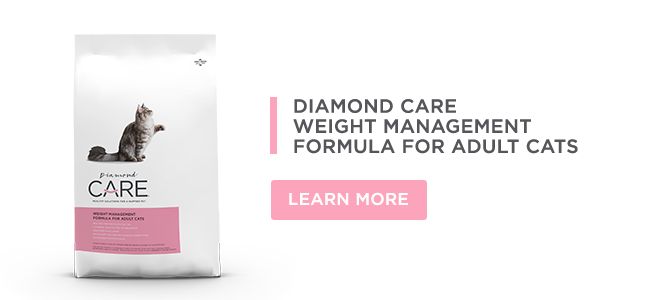Research into the bacteria and other microscopic inhabitants of the gastrointestinal (GI) tract — known as the gut microbiota — has exploded in recent years. Much of this research focuses on the gut microbiota as a “metabolic organ,” one that contributes as much to a healthy body as the heart, liver and other key organs.
Researchers are learning that the GI tract and its microbiota play roles in the body that extend far beyond food digestion and nutrient absorption. The gut microbiota has also been linked to several health conditions, including inflammatory bowel disease (IBD) and obesity.
Read on to learn more about the role of the gut microbiota in your cat’s health.
Microbiota, microbiome: What’s the difference?
The terms “microbiota” and “microbiome” are frequently used interchangeably, although they have slightly different meanings.
Microbiota refers to the dynamic, living community of (predominantly) bacteria, archaea (single-celled microorganisms that lack a defined nucleus), fungi, viruses and protozoa that typically inhabit a particular environment, such as the digestive system.
Microbiome is defined as the diverse collection of bacteria, archaea, fungi, viruses, protozoa — the microbiota — and their combined genomes. (A genome is all of the hereditary material encoded in a cell’s DNA, or RNA in the case of some viruses.)
Another key term to be aware of is dysbiosis, which is an imbalance or change in the types and numbers of microorganisms present in the microbiota and thought to contribute to health problems.
What veterinary researchers now know is that each dog’s and cat’s GI microbiota has a unique microbial profile. These differences in the makeup of the microbiota may partly explain why pets respond differently to diet changes, antibiotics or probiotics.
Why should I care about my cat’s microbiota or microbiome?
The GI tract is home to trillions of microorganisms and their genetic material. In fact, the number of microorganisms making up the gut microbiota is thought to be 10 times more than the number of cells in the host’s body.
In addition to helping with food digestion and producing important nutrients (e.g., vitamins and short-chain fatty acids), the microbiota plays a number of other roles. The microbiota helps defend its host against disease-causing organisms by competing for nutrients, producing antimicrobial substances and blocking colonization of the intestinal wall.
The microbiota is capable of influencing the immune system, locally within the GI tract as well as systemically, and exerts direct anti-inflammatory properties by increasing the population of key immune system cells.
These are just a few of the ways that the GI microbiota is known to benefit cat health and overall well-being. As research continues, researchers hope to learn how to better manage a variety of feline (and canine) health conditions.
What does my cat’s gut microbiota have to do with extra weight?
Veterinarians and nutritionists are well aware that many factors beyond an imbalance in calories in versus calories out contribute to obesity in cats. Those other factors include genetics, age, gender, neutering and inactivity.
More recent findings, especially in people, indicate the gut microbiota plays a role in obesity development. For example, studies show the microbiota can influence processes associated with metabolism to promote fat storage.
Researchers from the University of Guelph, Ghent University and Texas A&M University recently studied the microbiota from a small population of lean and obese pet cats. Their goal was to evaluate differences in the composition of the cats’ microbiota, comparing obese cats with lean cats as well as obese cats before and after a weight loss program. What they found was no statistically significant difference between lean and obese cats.
However, researchers found that, before weight loss, obese cats had more bacterial species belonging to a specific group (i.e., Firmicutes) than lean cats. In humans and mice, greater numbers of Firmicutes bacterial species in the microbiota has been associated with obesity.
The researchers acknowledged that a larger number of cats and longer weight loss program may produce more distinct changes in the microbiota of obese cats. More research is needed to determine if an obese microbiota profile does exist in cats.
While DNA technology has allowed veterinary researchers and nutritionists to learn a great deal about the microbiome that inhabits the GI tract, there’s still much more to learn. That includes how nutrition can be used to promote healthy microbiomes and better manage a wide variety of health conditions. The future is exciting!
RELATED POST: No Guts, No Glory! Microbes Are the Key to Gut Health
RELATED POST: Prebiotics vs. Probiotics: Does Your Pet Need Them?








